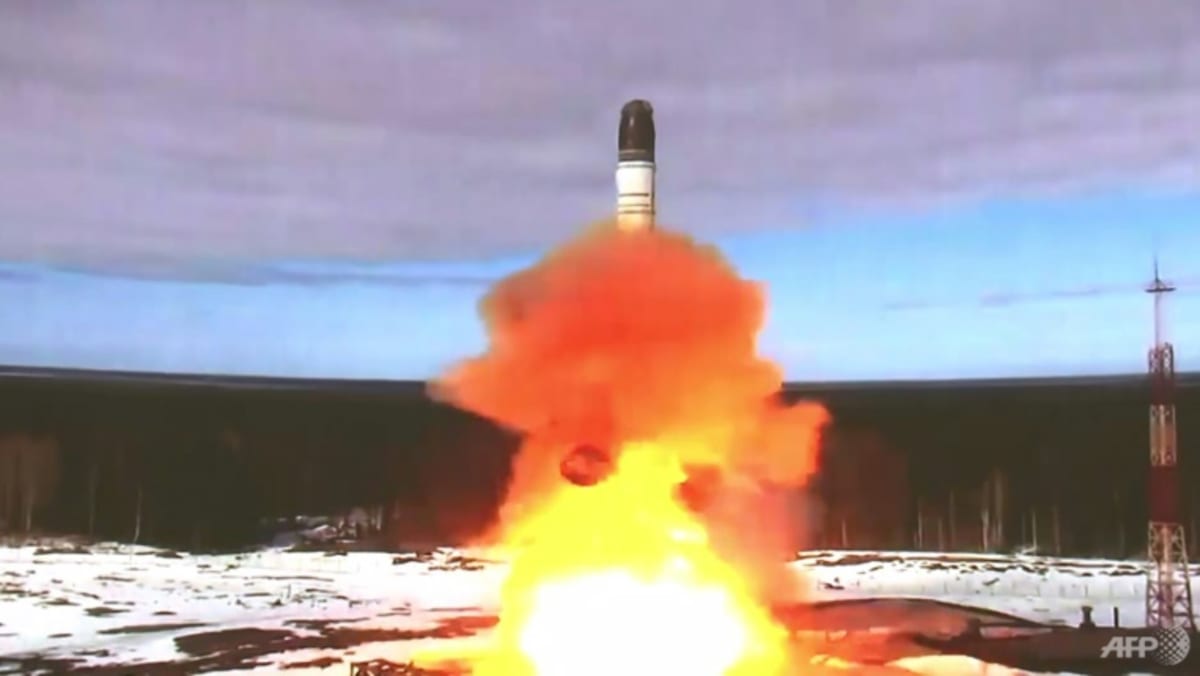Commentary: Nuclear war games are a risk NATO needs to take
NEW YORK: Last week, the North Atlantic Treaty Organization (NATO) started a round of exercises of its nuclear capabilities in Western Europe, centred in Belgium and the United Kingdom.
This comes at a particularly fraught moment in NATO-Russian relations, to say the least, given Russia President Vladimir Putin’s frequent rattling of the nuclear sabre over the past six months. Russia is “not bluffing” about tactical nukes, he insists.
While the NATO exercises were scheduled long ago — they are an annual part of a regular planning cycle — they come at an uncomfortable moment. What will the multinational drills seek to accomplish, and why did NATO decide to move ahead with them now?
SIMULATING NUCLEAR WAR
These are big, muscular events, and at least 14 of NATO’s 30 member nations (soon to be 32 with the welcome additions of Sweden and Finland) will participate.
Typically, the exercises would include dozens of fighter aircraft from various member states, large Airborne Early Warning Aircraft that are under NATO’s direct command, and sufficient refuelling aircraft to support the air armada. Long-range United States strategic bombers (the venerable but capable B-52s based in North Dakota) are participating as well.
The war games will be held more than 500 miles from the borders of the Russian Federation. Generally, they run 10 to 14 days, and it is unlikely that any news media will be allowed to observe.
Source By https://www.channelnewsasia.com/commentary/nuclear-exercises-nato-steadfast-noon-russia-putin-ukraine-3019276



